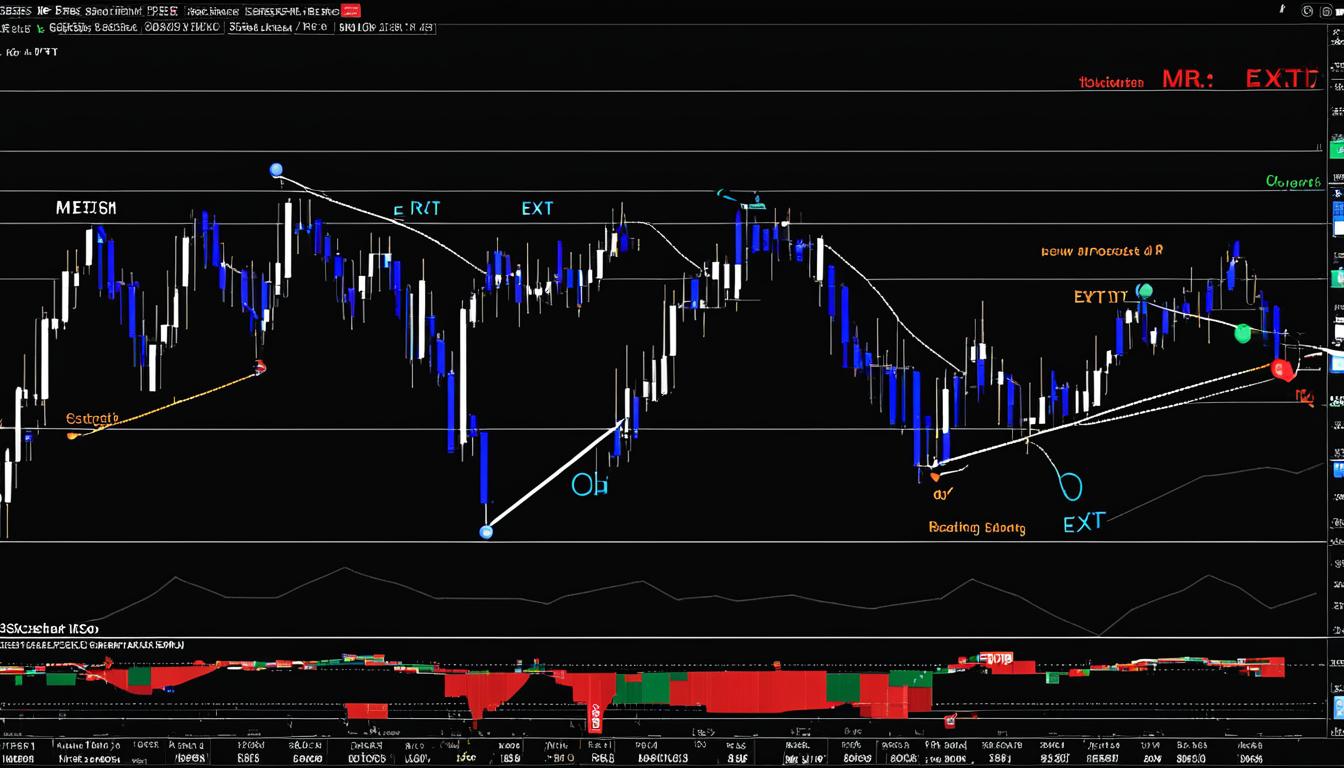The influence of patterns on trading

Patterns are specific formations that appear on price charts and signal potential future price movements. These formations are frequently used by traders to make informed decisions regarding the buying and selling of assets.
The impact of patterns on trading cannot be overstated, as they are a fundamental aspect of technical analysis, aiding in the prediction of future trends and reversals.
Patterns help market participants identify optimal entry and exit points. For example, the “head and shoulders” pattern often indicates a potential sell signal, warning traders to close their positions to avoid losses from a trend reversal.
By employing these patterns, traders can establish stop-loss and take-profit levels based on historical data and recognized formations. This practice helps minimize risks and safeguard capital during volatile market conditions.
Patterns can also serve as confirmation of existing trends, bolstering traders’ confidence in their trading decisions. For instance, the emergence of a flag pattern during an upward trend suggests that the price is likely to continue rising.
Reversal patterns, such as double tops or triple bottoms, alert traders to a possible change in trend direction, providing them with the opportunity to adjust their positions accordingly and mitigate potential losses.
Before implementing any pattern in live trading, it’s advisable to test its effectiveness against historical data. This assessment helps traders understand how reliable a particular pattern is and how frequently it leads to successful trades.
Continuous learning and practice in identifying and utilizing patterns are vital for trading success. Engaging in educational courses, reading specialized literature, and using demo accounts can enhance traders’ skills and boost their confidence.
Patterns play a significant role in trading, offering tools for forecasting future price movements and making informed decisions. They help pinpoint advantageous entry and exit points, manage risks, and confirm ongoing trends. However, successful use of patterns requires combining them with other analytical methods, considering the broader market context, and establishing clear objectives and limitations.
In conclusion, by mastering the interpretation and application of trading patterns, traders can develop a strong foundation for performance in the Forex market. This strategic approach contributes to informed decision-making and successful trading outcomes while managing risks effectively. By integrating patterns into a comprehensive trading strategy, traders can enhance their market analysis and increase their chances of achieving their financial goals.